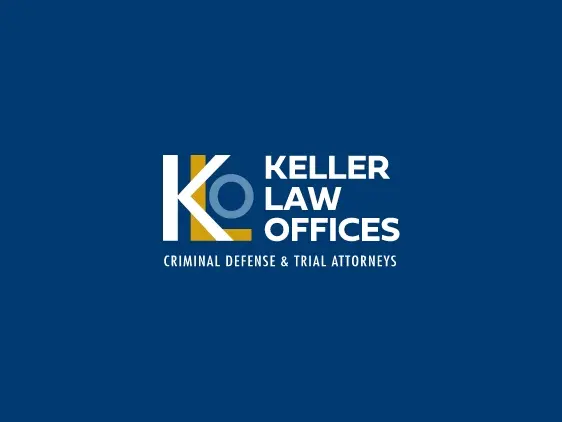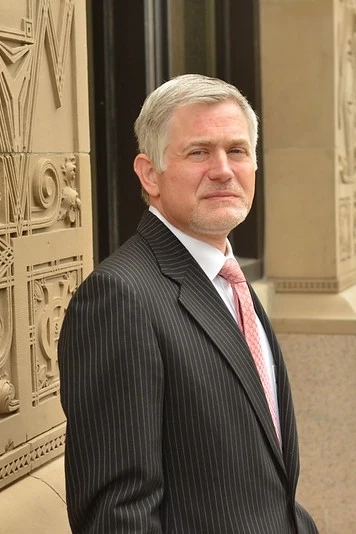Last month, we wrote about the fall in juvenile crime prosecutions in Hennepin County. This month information has been released that shows Dakota County is also experiencing a similar trend. The downward trend in juvenile crime prosecutions in Dakota County has occurred consistently over the last eight years. The local trend is a part of a national decline in the number of juveniles who face prosecution and need criminal defense. Some legal experts believe the downward direction of juvenile crimes is attributed to anti-bullying, anti-drug abuse and juvenile crime prevention initiatives.
Over the last year the number of juveniles charged with a crime in Dakota County fell by over 10 percent. The significant drop in charged juveniles occurred at a time when the number of 10 to 17 year olds in the county rose by three percent during the last ten years. The downward trend in juvenile crime prosecutions is based on the number of concluded cases not the number of offenses reported. A substantial percent of juvenile crimes, around one-third, occur at school or near school property. Many of the programs that aim to reduce juvenile crime in the county are related to school.
An anti-bullying initiative, created in 2002, is one such program. It not only helps create a safe and understanding school environment, it also teaches students about crimes related to technology such as text-messaging and social media. Another program is the peer court where high school students serve as jury members and decide the fate of juvenile offenders in their district. A final program that works in conjunction with high schools is Prioritize Prosecutions in Schools where police and school officials work together to charge offenses that take place at school.
Source: Star Tribune, “Juvenile crime prosecutions fall,” Joy Powell, 2/26/11






